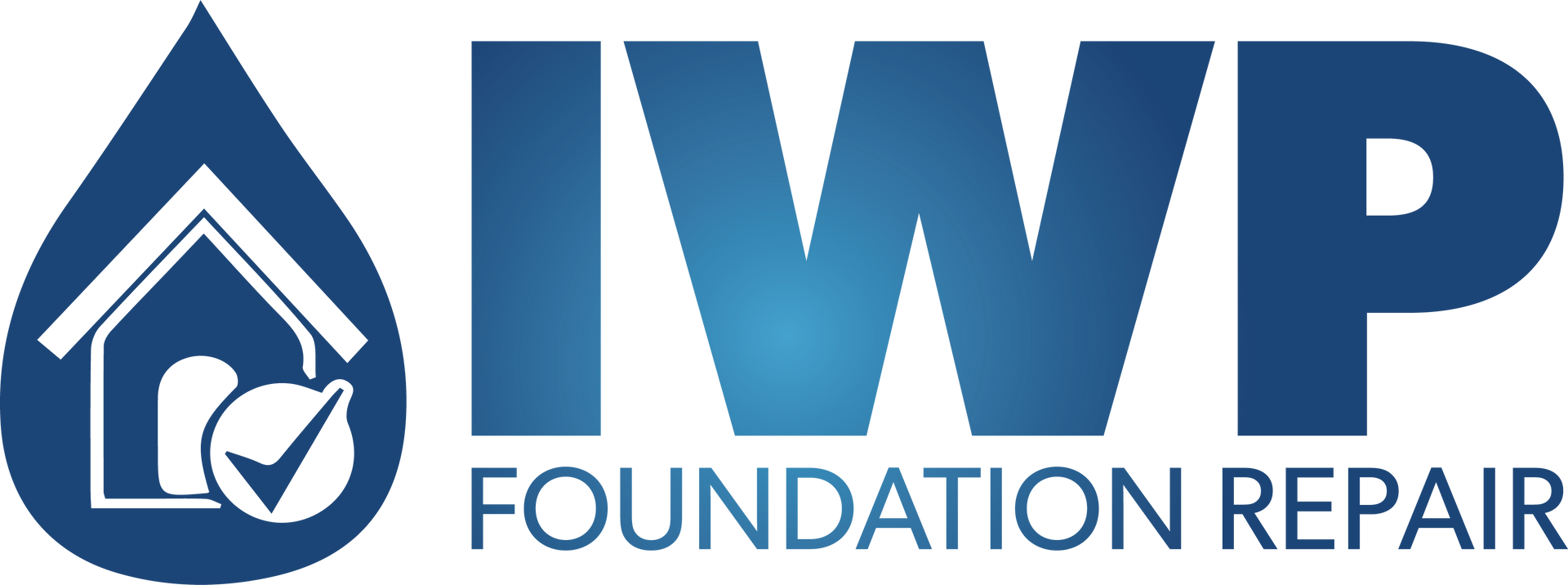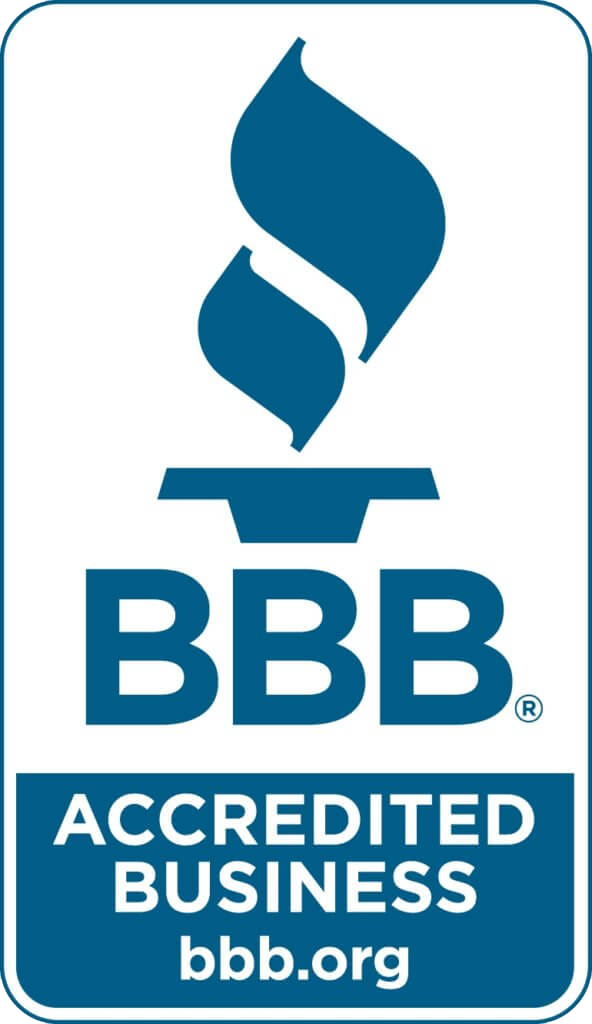Understanding Foundation Repair Costs: Breaking Down the Factors and Budgeting Tips
Foundation Repair is a significant investment that is crucial for maintaining the structural integrity and safety of your home. Understanding the costs associated with foundation repair can help homeowners make informed decisions and budget effectively. This article breaks down the factors that influence foundation repair costs and offers tips on budgeting for these expenses.
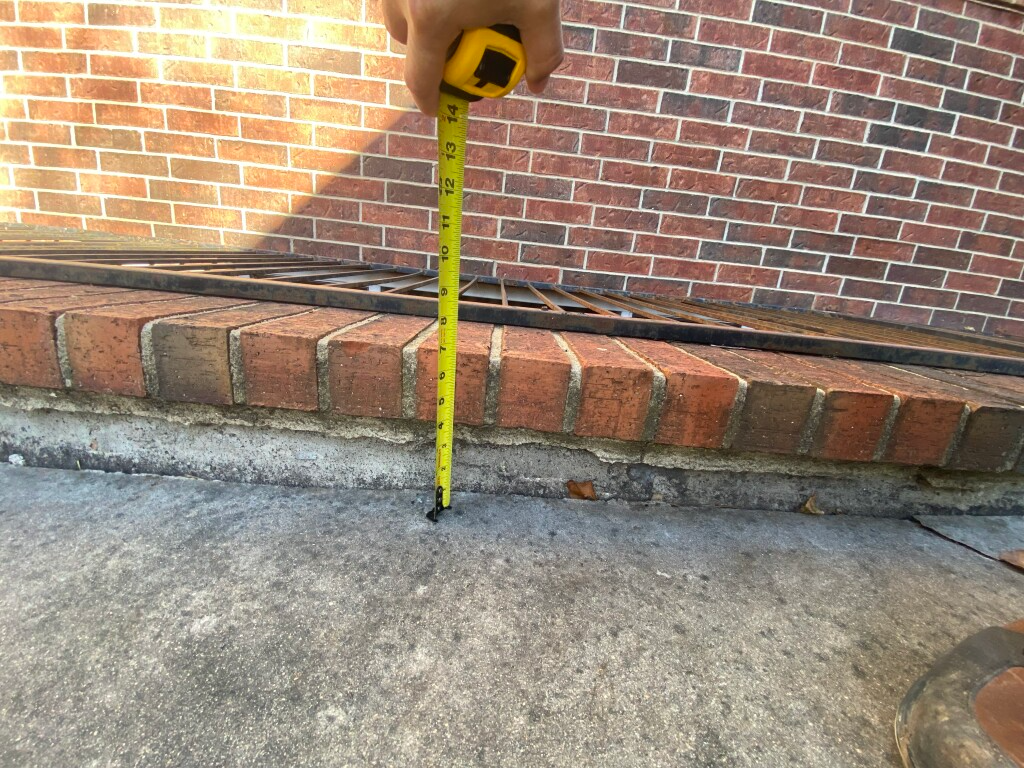
Factors Influencing Foundation Repair Costs
1. Type and Extent of Damage
- Cracks: Small hairline cracks may only need require minor repairs, such as filling with epoxy or polyurethane, which can be relatively inexpensive. However, larger or more severe cracks may indicate deeper issues that need extensive repair.
- Settlement: If your foundation is settling unevenly, underpinning or peering might be necessary. This is a more complex and costly repair.
- Bowing Walls: Walls that are bowing inward due to hydrostatic pressure require reinforcement, such as wall anchors or carbon fiber strips, adding to the cost.
2. Foundation Type
- Slab Foundation: Repairing a slab foundation typically involves concrete lifting or slabjacking. The cost can vary depending on the size of the slab and the extent of the damage.
- Crawlspace Foundation: Repairing a crawlspace foundation may include adding supports or reinforcing existing ones. It can also involve addressing moisture and ventilation issues.
- Basement Foundation: Basement foundation repairs can be more expensive due to the need for excavation and waterproofing measures.
3. Soil Conditions
- Expansive Soil: Soil that expands and contracts significantly with moisture changes can cause more damage to foundations, leading to higher repair costs.
- Poor Drainage: Areas with poor drainage can exacerbate foundation problems, requiring additional measures to manage water around the foundation.
4. Location and Accessibility
- Geographical Location: The cost of foundation repair can vary significantly based on the region due to differences in labor costs, material availability, and local building codes.
- Accessibility: Foundations that are difficult to access, such as those under large buildings or in confined spaces, can increase labor costs and the complexity of repairs.
5. Repair Methods
- Piering and Underpinning: Installing steel or helical piers to stabilize a foundation can be one of the most expensive repair methods due to the materials and labor involved.
- Slabjacking: Raising a sunken concrete slab by injecting a mixture beneath it is typically less expensive than tiering but still repairs professional expertise.
- Wall Anchors and Carbon Fiber Strips: These methods are used to reinforce bowing walls. The costs can vary depending on the number of anchors or strips needed and the size of the walls.
6. Additional Repairs and Services
- Waterproofing: Addressing moisture issues, such as installing drainage systems or applying waterproof coatings, can add to the overall repair cost.
- Structural Reinforcement: Additional structural work, such as installing beams or supports, may be necessary to ensure the foundation's stability.
- Cosmetic Repairs: After the structural repairs are completed, you may need to address cosmetic issues, such as repairing drywall or flooring, which can add to the total cost.
Tips on Budgeting for Foundation Repair Costs
1. Get Multiple Estimates
- Obtain detailed estimates from at least reputable foundation repair contractors. Compare the scope of work, materials, and labor costs to get a sense of the average cost in your area.
2. Prioritize Repairs
- Assess the urgency of the repairs. If multiple issues are present, prioritize the most critical repairs to address immediate safety concerns and prevent further damage.
3. Set Aside an Emergency Fund
- Create an emergency fund specifically for home repairs, including foundation issues. Aim to save at least 1-3% of your home's value annually for maintenance and unexpected repairs.
4. Consider Financing Options
- Explore financing options such as home equity loans, personal loans, or contractor financing plans. Be sure to understand the terms and interest rates before committing.
5. Plan for Additional Costs
- Account for potential additional costs, such as permits, inspections, and post-repair cosmetic work. This can help you avoid financial surprises during the repair process.
4. Consider Financing Options
- Explore financing options such as home equity loans, personal loans, or contractor financing plans. Be sure to understand the terms and interest rates before committing.
5. Plan for Additional Costs
- Account for potential costs, such as permits, inspections, and post-repair cosmetic work. This can help you avoid financial surprises during the repair process.
6. Regular Maintenance
- Invest in regular maintenance to prevent foundation problems. Ensure proper drainage, maintain consistent soil moisture levels, and address minor issues promptly to avoid costly repairs in the future.
7. Insurance Coverage
- Review your homeowner's insurance policy to understand what foundation issues, if any, are covered. While most policies don't cover normal wear and tear, they may cover damage caused by specific events such as flooding or earthquakes.
Understanding the factors that influence foundation repair costs can help homeowners budget effectively and make informed decisions. By considering the type and extent of damage, foundation type, soil conditions, location, accessibility, repair methods, and additional services, you can gain a clearer picture of the potential expenses involved. Obtaining multiple estimates, prioritizing repairs, setting aside an emergency fund, exploring financing options, planning for additional costs, maintaining your foundation, and reviewing insurance coverage are all essential steps in managing foundation repairs costs. By taking a proactive approach, you can ensure the long-term stability and safety of your home while minimizing financial stress.
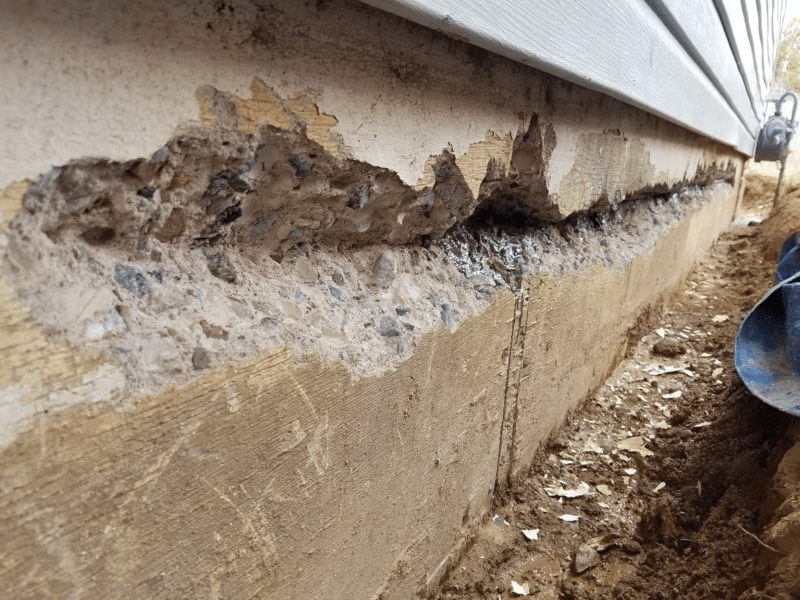
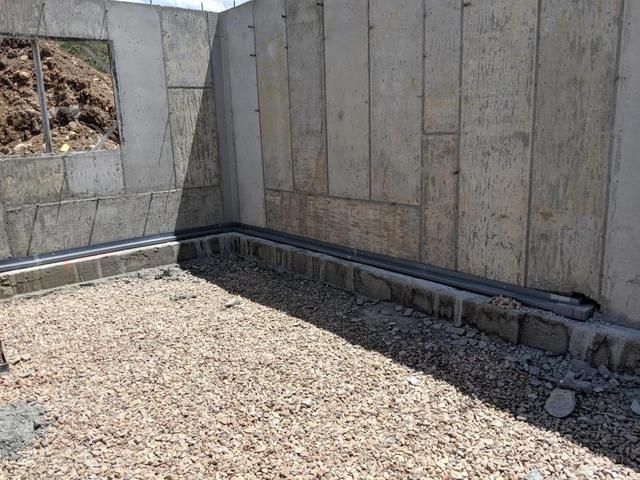


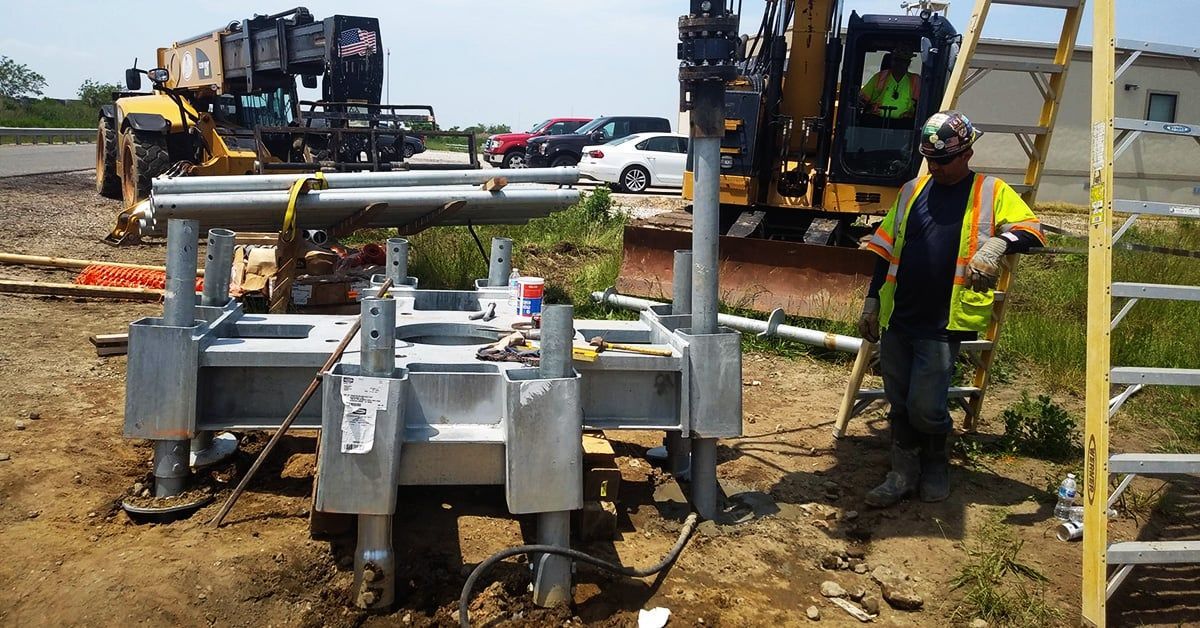





HAVE PEACE OF MIND WITH IWP FOUNDATION REPAIR
With over 30 years of combined experience in the business, you know that you can trust our team to get the job done right the first time. We value the customer experience, which is why we take the time to listen to your concerns, answer all your questions, and explain the best plan of action for your home. If you’ve noticed any foundation issues at all, no matter how minor they seem, you should call a professional. Our expert team is waiting for you, so call today for a free evaluation!
